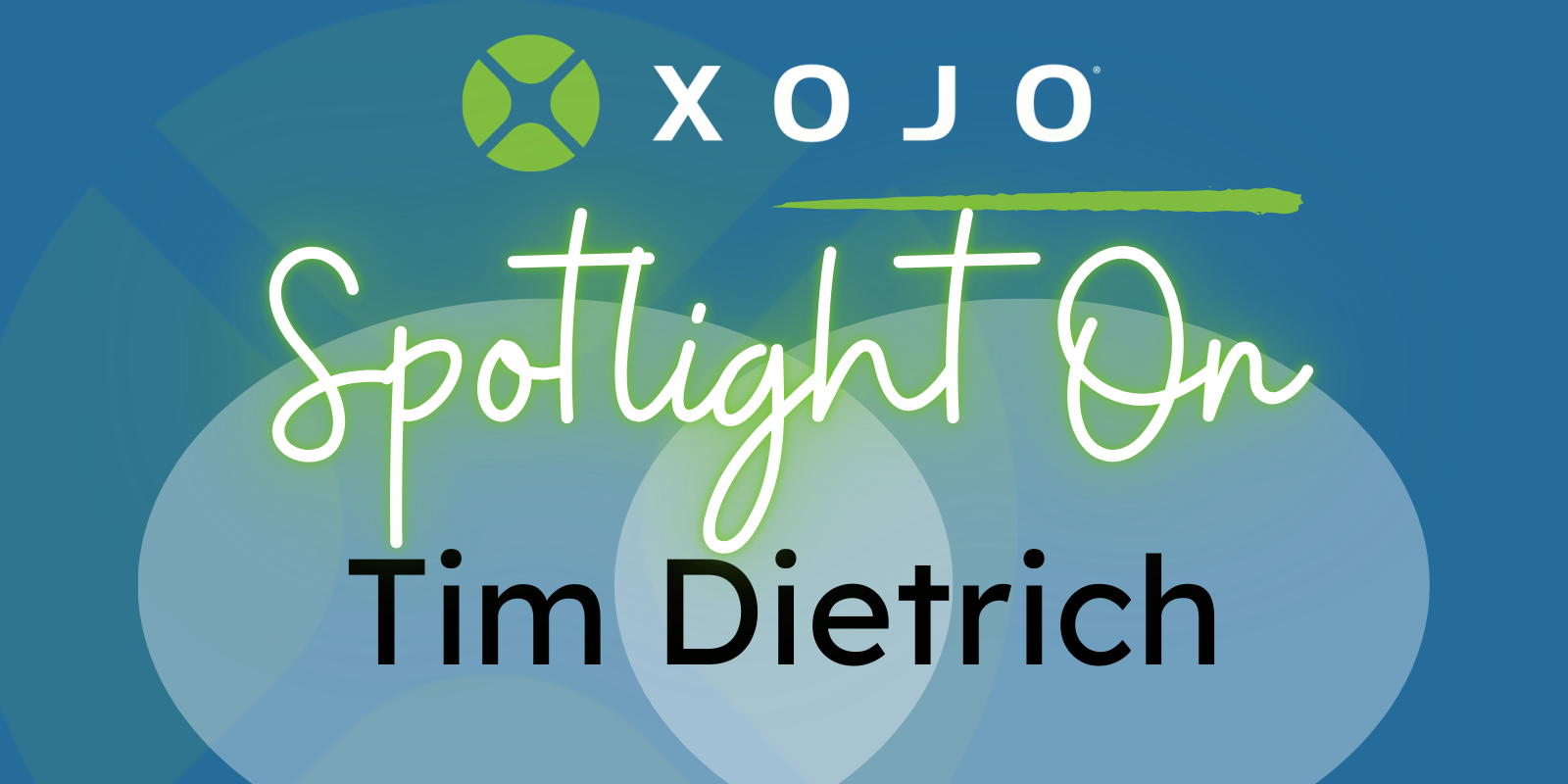Prior to Xojo 2025r1, Raspberry Pi developers had to rely on a two-step process: programming on a separate computer that could run the Xojo IDE,…
Comments closedCategory: Raspberry Pi
Posts related to Raspberry Pi development.
Spotlight On posts focus on Xojo community members. We’ll use this space to tell the stories of people using Xojo, share amazing Xojo-made apps and…
Comments closedStarting with Xojo 2024r1 there’s a new Window type in Xojo’s UI/UX bag: Popovers. Popovers are kind of a Modal window with a more transient behavior and associated with a Parent control. A Popover will display the chosen content or layout, the same as when you design the user interface of a window or a Container control that will be included as part of another more complex design or displayed at runtime.
Comments closedThe most recent iteration of Pi, operating on the Bookworm OS, may cause Xojo’s DesktopHTMLViewer to appear like garbage, but that’s no reason to discard either the Pi or Xojo!
Comments closedGraphic chart support is new in Xojo Desktop and Xojo Mobile (iOS) in Xojo 2023r1. The new DesktopChart and MobileChart offer a similar look and behavior to what you find when using Xojo’s WebChart. Let’s review all the things you can do with the new DesktopChart and MobileChart in your Xojo projects.
Comments closedThere are some situations where you may need a range of numbers that is equally spaced. For example, when given a minimum and a maximum value within which a set of numbers that need to be equally spaced. This is useful if you are designing an UI control displaying “ticks” or for the axis of a graphic chart displaying cartesian values. Continue reading to see a technique to do just this.
Comments closedKnowing the firing order of the Opening event in Xojo Desktop and Mobile apps, and the Shown event for Xojo Web apps, is important to using these correctly for a control’s initialization. The same can be said for Closing and Closed events. Read on for a breakdown of this order for Desktop, Web and Mobile apps developed in Xojo.
Comments closedXojo 2022r4 opens the door for running projects on 64-bit Raspberry Pi ARM boards. Console, Desktop and Web are supported.
Comments closedStarting with Xojo 2022r3 it is possible to create and add tables to PDF documents using Xojo’s PDFTable class and the PDFTableDataSource class interface. Among…
Comments closedWhile PDFTable and PDFDataTableSource ease the way to render tables in your PDF documents on Desktop, Web, Raspberry Pi and Console projects (iOS to come!) and are the big new features for PDFDocument in Xojo 2022r3, that’s not all that improved. There are additional features added to PDFDocument you might find helpful such as more control while using PDFForm and improvements to dealing with TOC indexes. Learn more about how to get advantage of these additions!
Comments closed
